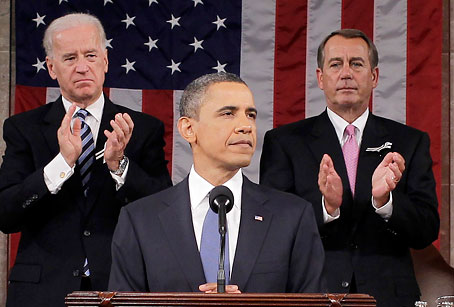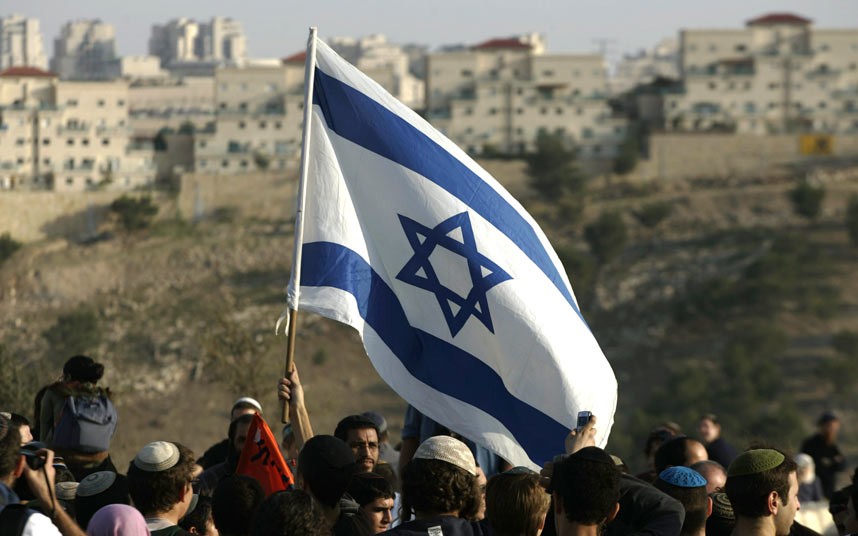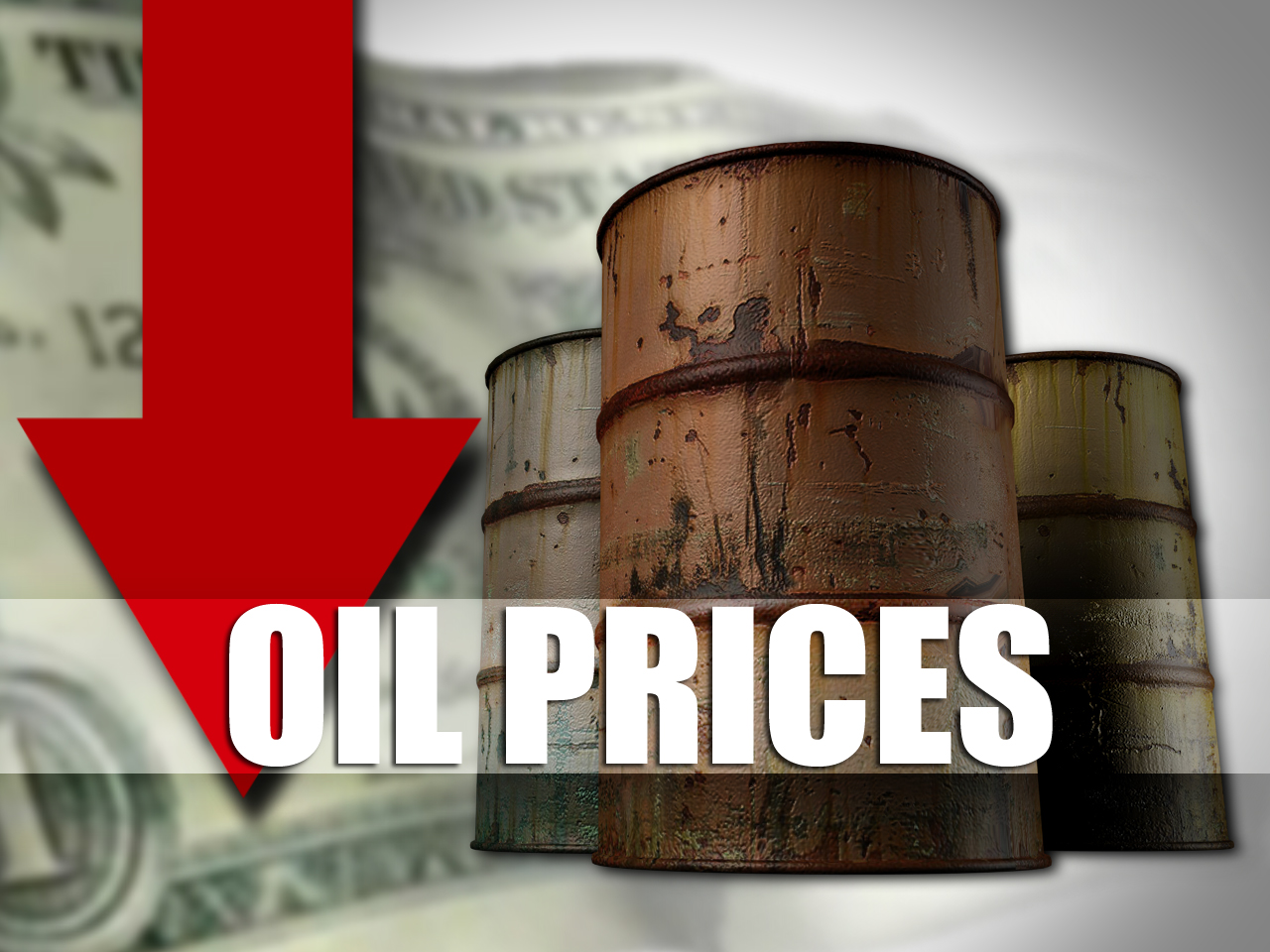In President Obama’s latest State of the Union, he delivered a stern warning to his congressional colleagues: work with him, or he will work around you. It was the threat of executive power that became a prevalent theme throughout the speech. However, many congressional Republicans question the legitimacy of the President’s threat.
Why are the Republicans so concerned about Obama’s declaration? What exactly is an Executive Order issued by the President? Executive orders are decisions that affect the machinery of Government and are often directed at officials that report to the Executive Branch of the United States. An example of this would be directing a central agency to streamline services or to operate under a specific mandate. Republicans are not pleased with this because it gives the President the ability to further his agenda without congressional approval.
Minnesota Rep. Michele Bachmann, who’s retiring at the end of 2014, watched the speech while taking notes on a paper transcript. When a line shocked her, she took off her reading glasses and shook her head. She left the speech raring to pass a bill that would let Congress more easily sue the president when he started firing off executive orders.
The concept of an executive order is not new to either Republicans or Democrats who have occupied the Oval Office. In fact, President Obama has used relatively less executive power compared to some of his recent predecessors:
President Bill Clinton: 364 (over two terms)
President George W. Bush: 291 (over two terms)
President Obama has issued 167 executive orders to-date.
Executive power has been exceptionally useful in terms of national security. President Clinton’s executive orders dealt with proponents of terror at home and abroad. Executive order 12947 applied financial sanctions (via the U.S. Treasury Department) against individuals attempting to disrupt the Middle East process in 1995. Another noteworthy executive order is 13010, which addresses an emerging security issue, cyber security. This executive order established a taskforce to find ways to combat cyber terrorism. Slightly different, but very similar is a Presidential Directive Decision (PDD). In 1998 President Clinton signed PDD-62, which was an attempt to combat the type of terrorist activity that America would see in the 21st century. It re-assessed the activities of counter-terrorism agencies and placed the protection of government computer systems as a top priority.
The beginning of George W. Bush’s Presidency was marked by a turning point in global geopolitics. The events of September 11th, 2001 changed the United States and the world. It required quick and decisive action from the President. On September 14th, 2001, President Bush signed executive order 13223 that allowed the Department of Defense to re-enlist retired military personnel and gave it the “ability to detain any enlisted member beyond the term of their deployment”. This was a measure to ensure that the country would be able to fully protect itself in the event of future attacks. The creation of the Department of Homeland Security under executive order 13228 was an attempt to create permanent infrastructure to address long-term security concerns.
President Obama’s predominant use, in terms of international affairs, of public executive authority-to-date has revolved around barring high-ranking officials from Iran and Syria from entering the United States. Nationally, most executive orders are typically centered on streamlining the President’s domestic priorities such as the economy, immigration, science and technology, etc.
In a Canadian context the idea of Presidential executive power seems to be quite powerful, however the powers of our Prime Minister are arguably far greater. While the President is often scrutinized for decisions such as cabinet appointments, which need to be confirmed by the senate, and Supreme Court nominees, which also needs congressional approval, the Prime Minister can do these without confirmation by the legislative branch. Unlike in the United States, the executive branch in Canada is part of the legislature.





